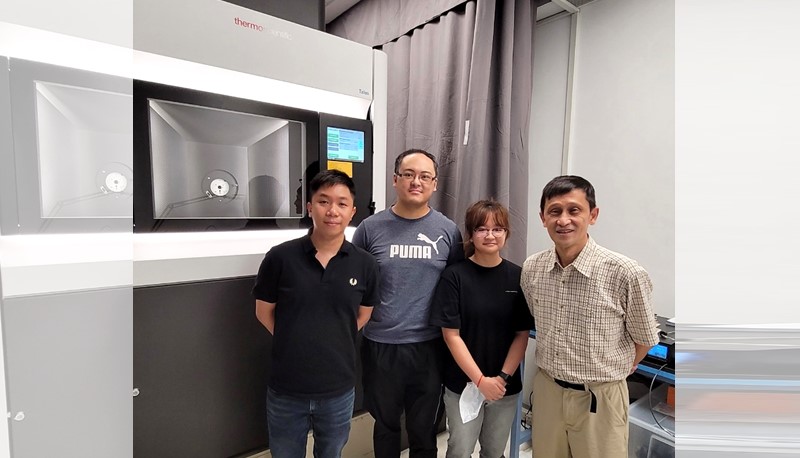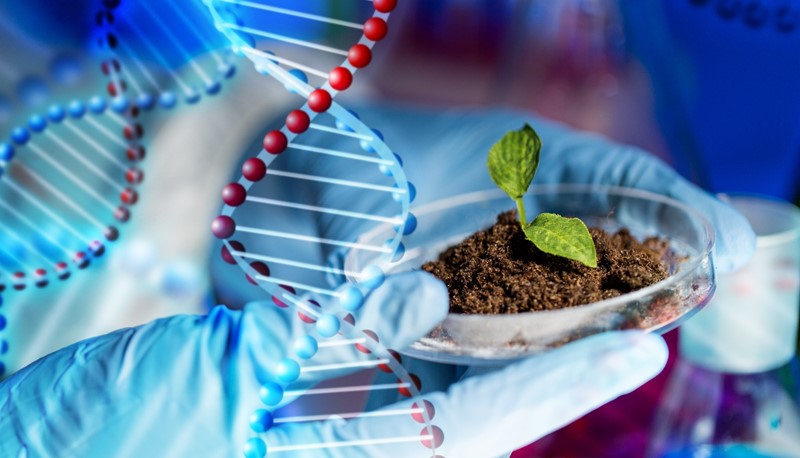
Unlocking plant genetic codes to resist climate change

The School of Life Sciences uncovers the mechanism among small heat shock proteins using state-of-the-art single particle cryo-EM technology.
As a result of environmental stresses such as drought, salinity and extreme temperatures due to climate change, future agricultural and food productivity could be under threat. To meet this challenge, it is critical to understand these stresses as well as the tolerance mechanisms in plants.
A research team from CUHK’s School of Life Sciences has uncovered a mechanism among a certain type of proteins—called small heat shock proteins (sHsps)—and their structure for the first time using state-of-the-art single particle cryo-electron microscopy (cryo-EM) technology. Their findings, which were recently published in Nature Communications, show that improvements in crop production can be made by enhancing the tolerance of crop plants towards heat.
A new generation of heat-resistant food crops

The study provides reference for genetic engineering of heat-resistant food crops to fight global climate change.
In a non-stressed environment, proteins fold into a shape and structure so they can function correctly and control dynamic processes in living cells. However, under conditions of stress, such as when temperatures rise, proteins will tend to unfold and aggregate. The proteins known as sHsps are ‘housekeeping’ proteins that prevent aggregation and unfolding from happening under heat stress.
To explore the applicability of sHsps in plant biotechnology, Prof. Wilson Lau of the School of Life Sciences and his research team set out to investigate the molecular mechanism of a plant sHsp, Hsp21, using a structural biology approach. They chose to focus on the Hsp21 as it protects all photosynthesising plants from heat stress.
From there, they identified a substrate (a protein molecule) of Hsp21, an enzyme called 1-deoxy-D-xylulose 5-phosphate synthase (DXPS), and then solved the three-dimensional structures of Hsp21, DXPS and the Hsp21-DXPS complex, using cryo-EM of single particles combined with advanced computational image processing algorithms.
The cryo-EM map and model of the Hsp21-DXPS complex. (Courtesy of Prof. Wilson Lau)
Prof. Lau said, ‘Through solving the Hsp21-DXPS structure, our work unravels an unanticipated mechanism of sHsps anti-aggregation activity that is likely applicable towards a wide range of substrates. The current work not only provides a structural framework for understanding the functional properties of Hsp21 and sHsps in general, but also could form a basis and provide reference for genetic engineering of heat-resistant food crops to fight global climate change.’
By fortifying plants through genetic manipulation to withstand heat and other environmental stresses, Prof. Lau and his research team are helping to alleviate our fears concerning climate change and its potentially devastating impact on food security.
Read more: